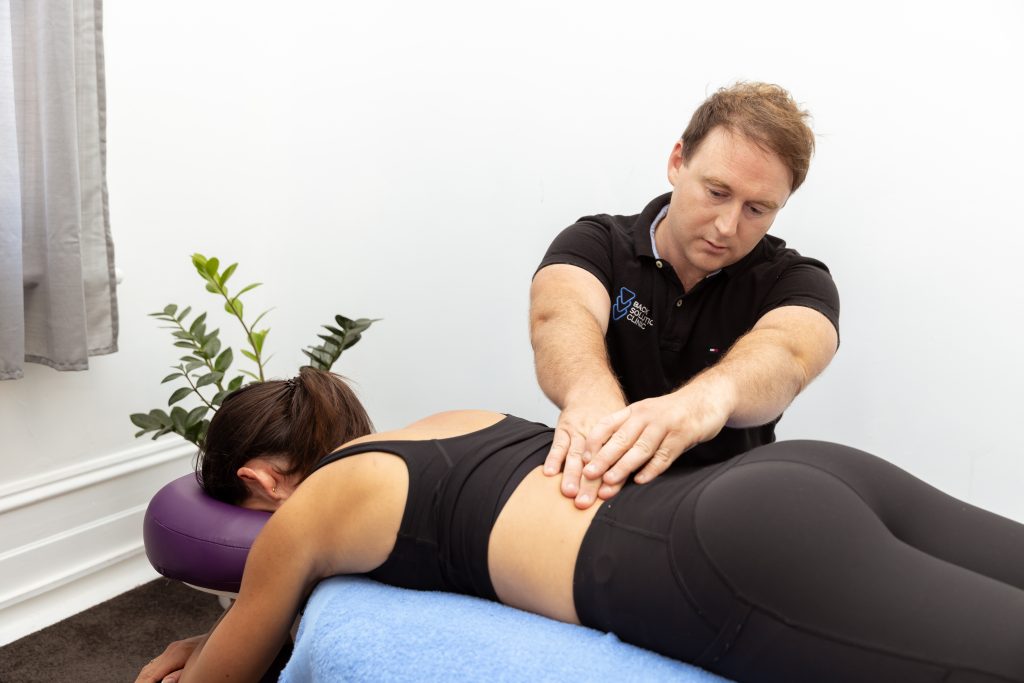What causes back spasm
Lower back injuries are widely misunderstood in the health industry amongst doctors, practitioners even specialists. Is it any wonder that when patients injure their back, when their back goes into painful spasm they are told conflicting information by almost each and every doctor and practitioner they visit seeking quality advice and help.
In this article our aim is to provide clarity over the root underlying cause for why the lower back goes into spasm so people are informed and can prevent recurrences.
A lower back spasm is a protective mechanism designed to prevent further damage to the spine and intervertebral structures. When too great a load is placed on the lower back, due to overuse, lack of rest or most commonly due to postural weaknesses that have accumulated over a period of time.
Let’s look at the swelling that occurs post spraining an ankle and the similarities of a lower back spasm.
When you roll your ankle, the area swells for two main reasons:
- Inflammatory cells are rushing to the ankle joint to commence the healing process
- The extra fluid braces the ankle joint preventing movement that could do further damage.
When your lower back spasms:
- An unconscious contraction of the lower back and gluteal muscles brace the lower back region preventing movement that could do further damage.
- In the event of damage to the disc or facet joints, inflammatory cells with rush to the area to commence the healing process.
The problem with a lower back spasms is that, unlike an ankle where you can sit and rest it or walk on crutches, it is very difficult to find a pain free position.
A lower back spasm will on average last for 2-3 days, however can drag out over a 2-3 week period when damage to the disc has occurred, or when neural pathways are interfered with. The pain gradually subsides as the muscles ease from their painful contracted state. Most people are left with a residual discomfort that typically responds to massage, physiotherapy and chiropractic manipulation in the weeks that follow.
If you experience a one off lower back spasm as a result of over fatiguing your back, seek treatment initially (although pain relief results will be limited during the spasm). Rest through the spasm then continue treatment to alleviate residual pain.
If you are experiencing repeat spasms, it is imperative to seek treatment that addresses the underlying cause of why your body is going into protection mode. Postural weaknesses and imbalances need to be addressed to ensure your lower back and hips are not carrying the load to the point of fatigue. Good quality postural strength work will make you feel much stronger and supported throughout the day. A strong and balanced posture will remove the vulnerable feeling that you could experience another spasm at any time.

